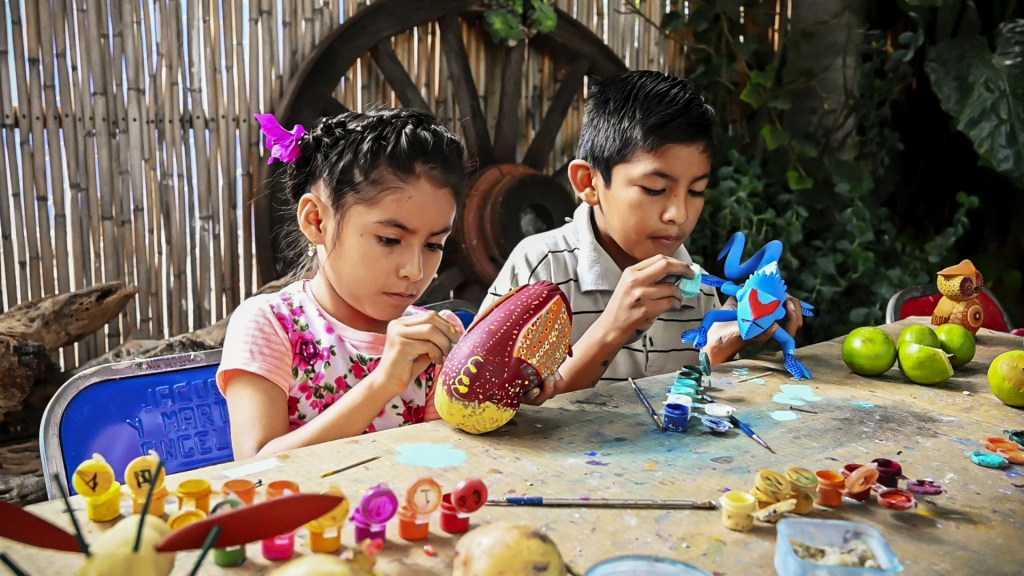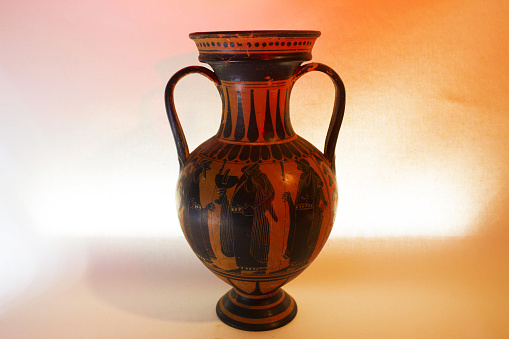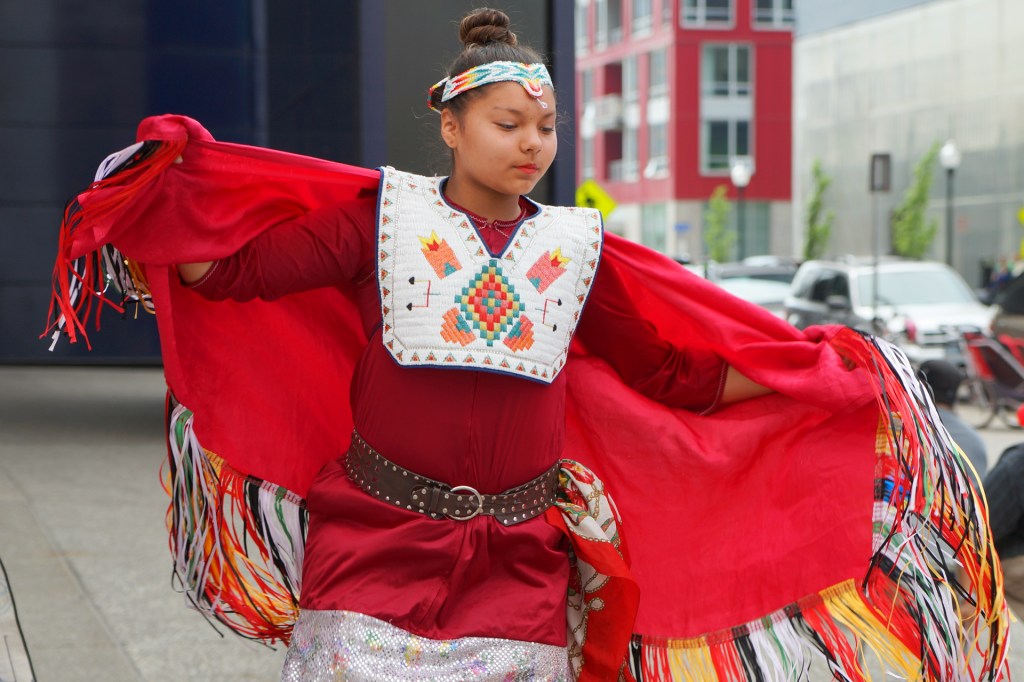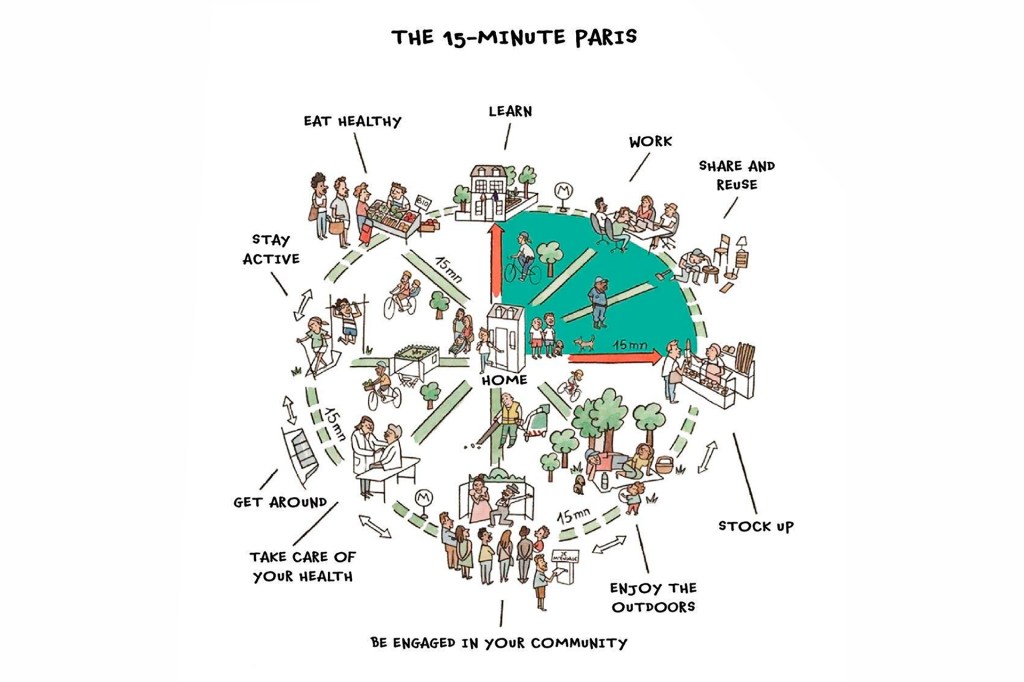
Welcome to the state of Oaxaca (wa-ha-ka), Mexico. Here, you’ll find the vibrant
vibrant
 NURPHOTO—GETTY IMAGES
full of life
(adjective)
The dancer's headdress was full of vibrant colors.
town of San Martín Tilcajete. The town is rooted in ancient Zapotec culture. The Zapotec people have been living in the area for thousands of years.
NURPHOTO—GETTY IMAGES
full of life
(adjective)
The dancer's headdress was full of vibrant colors.
town of San Martín Tilcajete. The town is rooted in ancient Zapotec culture. The Zapotec people have been living in the area for thousands of years.
Look around, and you’ll spot wooden animal carvings. These figures are called tonas. Creating them is a Zapotec tradition. The craft has been passed down from generation to generation.
But slowly, Zapotec culture is fading. Young people are leaving Oaxaca to find work in larger cities. Fewer people have the knowledge and skills needed to make tonas.
One group hopes to change that. It’s called Jacobo y María Angeles. It teaches kids as young as 5 how to make tonas. Itzel Zuñiga works there. She spoke to TIME for Kids through an interpreter. “We’re trying to preserve the local Oaxacan culture,” she says.
Carving Out History
The carvings take time and skill to create. They are made of soft wood from copal trees that grow in the area. The wood must be left out to dry for months before it can be carved into the shape of an animal. Tonas represent the Zapotec belief that each person is born with a spirit animal that acts as a protector.

Decorating a tona can be a long process. Each figure tells its own story using tiny glyphs
glyph
 GIANLUCA PISANO—EYEEM/GETTY IMAGES
a character or symbol
(noun)
The pottery was painted with glyphs.
painted on the carving. “Every glyph you see represents an idea,” Zuñiga says. “It all means something for Zapotec culture.”
GIANLUCA PISANO—EYEEM/GETTY IMAGES
a character or symbol
(noun)
The pottery was painted with glyphs.
painted on the carving. “Every glyph you see represents an idea,” Zuñiga says. “It all means something for Zapotec culture.”
Kids gather at Jacobo y María Angeles to learn from expert teachers. In workshops, the kids are taught about copal trees, and they learn to “see” an animal in a piece of wood. Then they get a tona to decorate. Many of the colors they use are made of natural ingredients, such as pomegranate, cactus, and corn.
Some of these students might become expert teachers one day. Those who do will teach the next generation the Zapotec art of making tonas.













